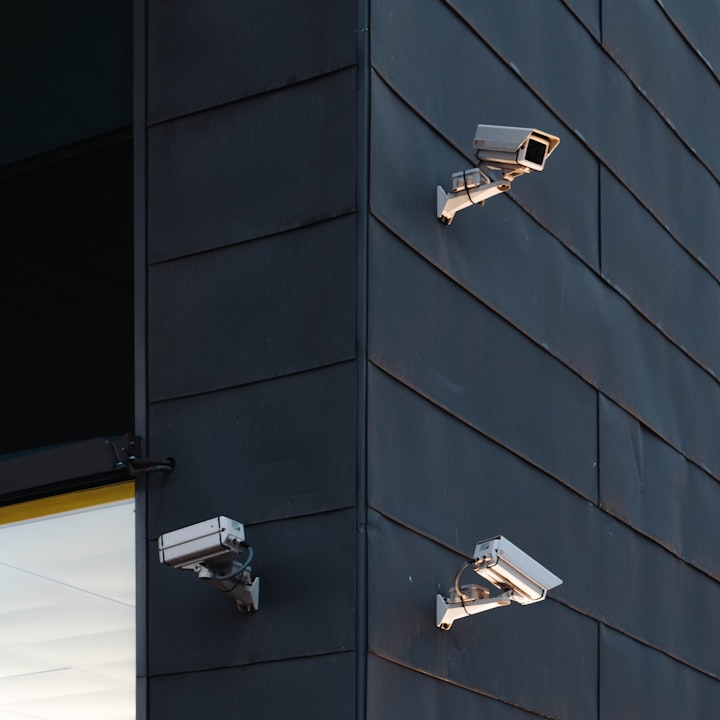How RFID Technology Controls Retail Shop Security
Learn how RFID technology works to enhance retail shop security with anti-theft alarms.

Have you ever felt the jolt of anxiety when an alarm blares as you leave a store, even though you're certain you've paid for everything in your bag?
This experience is no random glitch; it's a carefully devised aspect of retail security measures.
Radio Frequency Identification (RFID) Technology
The unmistakable wail of anti-theft alarms in retail stores is often a result of Radio Frequency Identification (RFID) technology.
Unlike traditional security tags, RFID tags eliminate the need for cashiers to individually tag each item.
They contain a minuscule chip and antenna enabling them to store and relay information about the products to which they're affixed.
How It Works
Upon your purchase, the cashier deactivates the RFID tag by removing or disabling it.
Should the tag remain active due to oversight or human error, it triggers the alarm as you exit, thanks to strategically placed exit sensors in the store.
Security Personnel and Handheld Readers
In certain scenarios, security personnel use handheld RFID readers to pinpoint the specific items setting off the alarms.
These handheld devices provide vital information about the items, expediting the process of verifying the purchase when accompanied by a valid receipt.
Preventing Loss and Theft
The implementation of RFID-based anti-theft systems not only deters shoplifting but also revolutionizes inventory management.
It enables stores to monitor items in real-time, minimizing losses due to theft and enhancing operational efficiency.
Next time you hear that familiar alarm as you leave a store, remember that it's not merely a chance occurrence but a result of sophisticated RFID technology safeguarding the merchandise.






